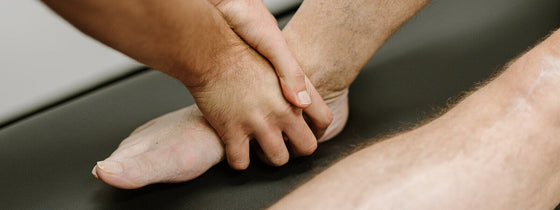Tea detox? Juice cleanse? 28-day detox? 10kg weight loss in time for summer?
Have you ever thought about if these claims are realistic? How sustainable they are? Have you thought about trying them? Let’s face it – the media provides some quick and easy approaches that seem simple – so why not, right?
The reality is, these programs sell a diet, product or program that don’t invest in your health long term. They don’t teach you practical skills- how many times have you dieted and not found long term results?
Okay, so what is needed for weight loss?
ENERGY IN = ENERGY OUT
Essentially, in order to lose weight, we need to create an energy imbalance where the energy we consume is less than the energy that our body requires through daily activities, including walking or even breathing! (yes, calories are burnt breathing!)
Weight gain can happen when we either consume too much energy or our body expends too little. We should see weight loss occur when we consume less than what we need
START WITH A GOAL….
Think about your goal – is it realistic? Is it achievable?
Refer to the SMART criteria – is it specific, measurable, achievable, realistic and timely?
Weight loss of 500 grams to 1 kilogram per week is achievable, not 1-2 kilograms per week!
Specific: What are you trying to achieve – you can use numbers
Measurable: How will you measure this to determine if it is achieved?
Achievable: Something that you can accomplish
Realistic: What can you achieve in the time frame i.e. .2-3 months? 12 months?
Timely: Give your goal a time to check in? 1 month?
FOOD
Be careful of ‘fad’ diets – we don’t want to be restricting entire food groups for weight loss -this is often unsustainable and you are missing out on key nutrients which can lead to deficiencies and may hinder your weight loss progress. Do not choose fad diets that recommend ‘miracle’ pills!
Where should you go for information? Head to the Australian Guide to Healthy Eating as it promotes eating a wide variety from all food groups including:
Bread and cereal – such as wholegrain bread, wraps, cereal, brown rice and pasta
Vegetables – such as spinach, carrots, broccoli, tomato etc!
Fruit – apples, pears, bananas, strawberries – choose those that are in season
Diary – low fat milk, cheese and yoghurt – remember to choose the calcium fortified options if you do not drink dairy based milks
Meat or alternatives- lean cut of chicken, cut off the fat from the steak, choose lean mince, fish, pork/veal or alternatives such as kidney beans, lentils, chickpeas OR eggs
Some handy tips for healthy eating whilst trying to lose weight?
GET MOVING
It is recommended to achieve 30 minutes of moderate to vigorous exercise according to the guidelines every day. Remember, you can split this up into smaller time blocks during the day as a break between screen time!
You could also try something new – an at home gym class, swimming, walking route or jogging! Anything that gets you moving!
You could also try parking further away from work, take the stairs or limiting catching public transport are all strategies that could be useful.
TRACK PROGRESS
It is important not to JUST focus on the scales -think about other changes. Are you feeling fitter? Eating healthier? Do you feel like you have more energy?
Have you dropped in body measurements?
Dropped a size in your clothes?
Improvement in your health I.e. cholesterol levels, blood pressure or blood glucose levels?
Feeling more comfortable?
Sleeping better at night?
These are all REALLY important!
Just remember this is not a quick fix. Refer back to your SMART goral – are you eating healthy and exercising regularly? It is a lifestyle change. Just remember, everything should be eaten in moderation and whole food groups shouldn’t be restricted or demonised. Enjoying a balance of wholesome and natural food can keep us on track. It is also OKAY to have some birthday cake at a birthday party, enjoy the social occasions.
For tailored advice please book with us for an Accredited Practicing Dietitian or a Physiotherapy appointment.

If you're experiencing back or neck pain with neurological signs and symptoms, a thorough neurological examination is crucial for accurate assessment and effective treatment. In this Optimal Tip learn more about what we mean by completing a neurological exam!

Squats, deadlifts, and calf raises are key movement patterns that should be part of every strength and conditioning program—regardless of age and activity level. These functional movements support joint health, improve posture and balance, and reduce the risk of injury while building strength where it matters most.

A ganglion cyst is a fluid-filled swelling that typically forms over a joint or tendon sheath, causing discomfort and pain, especially when pressing against nerves or joints. Proper assessment and treatment, including physiotherapy, are essential for managing symptoms and improving function in the presence of a ganglion in your hand, foot, or wrist.